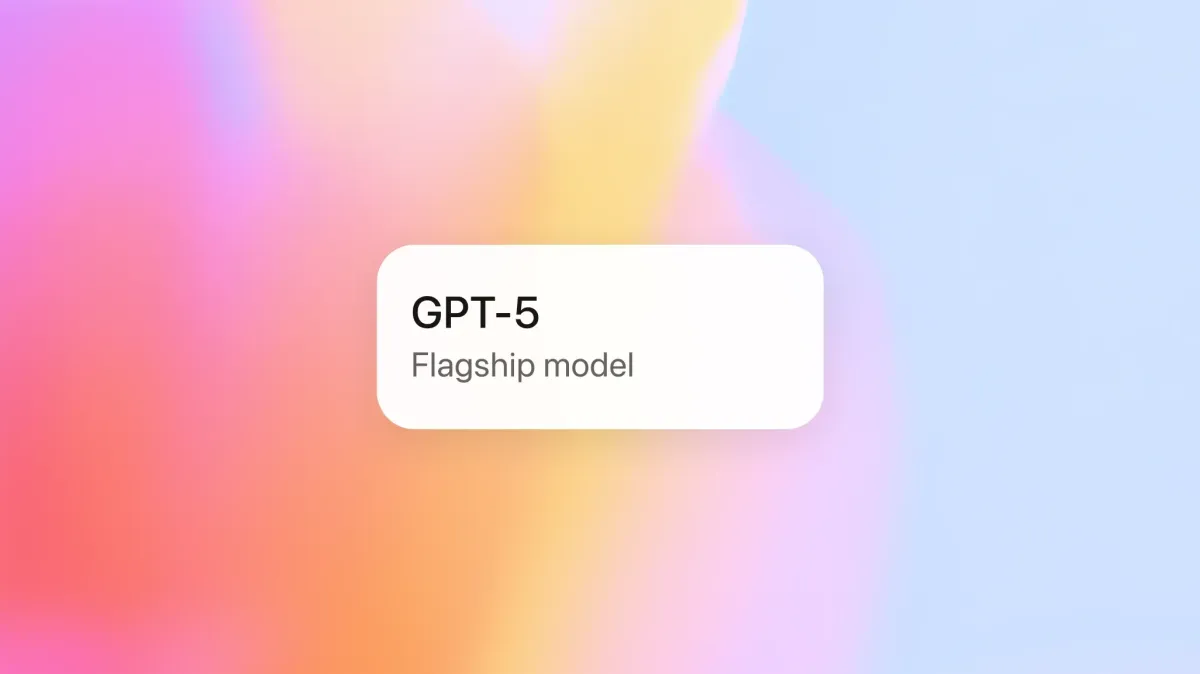GPT‑5 Modes
What are GPT-5 modes and which should I use
Pick by task shape and review time. This page gives a quick answer, a decision table, copy-paste headers, role-based tips, troubleshooting, and one clear next step.

Table of contents
Quick Answer
Auto for simple or mixed tasks. Lets the system route, can deepen when signals require it.
Fast for ideas and first passes when speed matters.
Thinking for multi-step planning, tradeoffs, and careful reasoning.
Pro when rigor, tools, and persistence matter more than speed.
Which mode should I use
Decision table

Fast vs Thinking
Choose Fast when you want breadth and options to choose from.
Choose Thinking when you need a path with pros, cons, and risks.
Switch rule: if Fast outputs are thin on logic, move to Thinking for the next turn.
When to use Pro
Use Pro for audits, safety reviews, compliance checks, research synthesis, and tool-assisted workflows. Ask for assumptions, method, evidence, citations, and acceptance criteria before ending.
When to use Auto
Use Auto for familiar, low-risk tasks, and mixed work where you want routing without manual choice. Give clear signals in your header, for example: quick, one sentence, no tools, or high stakes, verify, acceptance criteria.
Copy-paste headers
Fast Header
One to two sentences. No tool calls. If unknown, say unknown.
Use this schema: {field_1, field_2, field_3}.
Thinking Header
Plan first in three bullets. Then execute.
Use sources A, B, C. Cite each claim.
Continue until all subtasks are complete.
Pro Header
You are an agent. Persist until fully resolved.
Emit brief progress notes.
Verify against acceptance criteria before ending.
Auto Nudge
High stakes. Minimize latency unless evidence conflicts.
If conflicts appear, switch to deeper reasoning and cite.
Best Mode for Coding
Fast for rough drafts, scaffolding, and naming ideas.
Thinking for stepwise planning, tradeoffs between approaches, and refactor plans.
Pro for strict formats, tool orchestration, tests, and CI notes.
Quick prompts
Fast
Goal: outline scaffolding. Task: draft file structure and 3 function stubs for {feature}. Keep it brief.
Thinking
Goal: choose an approach. Task: compare 3 options for {problem} with pros, cons, and risks. Recommend one and list next 3 steps.
Pro
Goal: implement with checks. Task: write {function} plus unit tests. Follow {style}. Output code blocks only. Include a test plan.
Best Mode for Analysis
Auto for quick summaries and simple column notes.
Thinking for methods, assumptions, and stepwise analysis plans.
Pro for reproducible steps, citations, and acceptance criteria on metrics.
Quick prompts
Auto
Goal: quick scan. Task: summarize key columns and obvious issues in this CSV. Keep it short.
Thinking
Goal: analysis plan. Task: propose method, assumptions, and steps to test {hypothesis}. Include risks and limitations.
Pro
Goal: reproducible analysis. Task: analyze {dataset} with method, evidence, and citations if relevant. State limitations and final decision.
Troubleshooting: Verbosity
Add a word limit and a schema line. Consider Fast for shorter outputs.
Header line to paste:
Keep replies under 120 words. Use this schema: {field_1, field_2, field_3}.
Troubleshooting: Citations
Require named sources and ask to cite each claim. Consider Thinking or Pro.
Header line to paste:
Use sources A, B, C. Cite each claim with a source note. If evidence is weak, say so.
Troubleshooting: Tool Calls
Move to Pro with acceptance criteria and dry runs.
Header line to paste:
Use tools only when needed. Run a dry test first. Emit progress notes. Verify against acceptance criteria before ending.
Frequently Asked Questions
Do I need a paid plan
You can apply these headers and prompts on both free and paid tiers. Paid tiers are usually faster and handle longer context.
What if my use case is niche?
Start with the closest mode and run the Quick test line. If the first output misses, switch modes once before editing.
How does this connect to your training
We teach a simple OS for daily work. Brief once, review with a short loop, and save winning patterns so you can reuse them.

Most business owners are frustrated from wasting time and money. At Systems Shaper we turn your business into a selling machine. Clients who work with us attract more customers and build stronger brands.
Company
Services
Policies
Made With ❤️ By Systems Shaper
Systems Shaper Inc. © 2025. All rights reserved.
